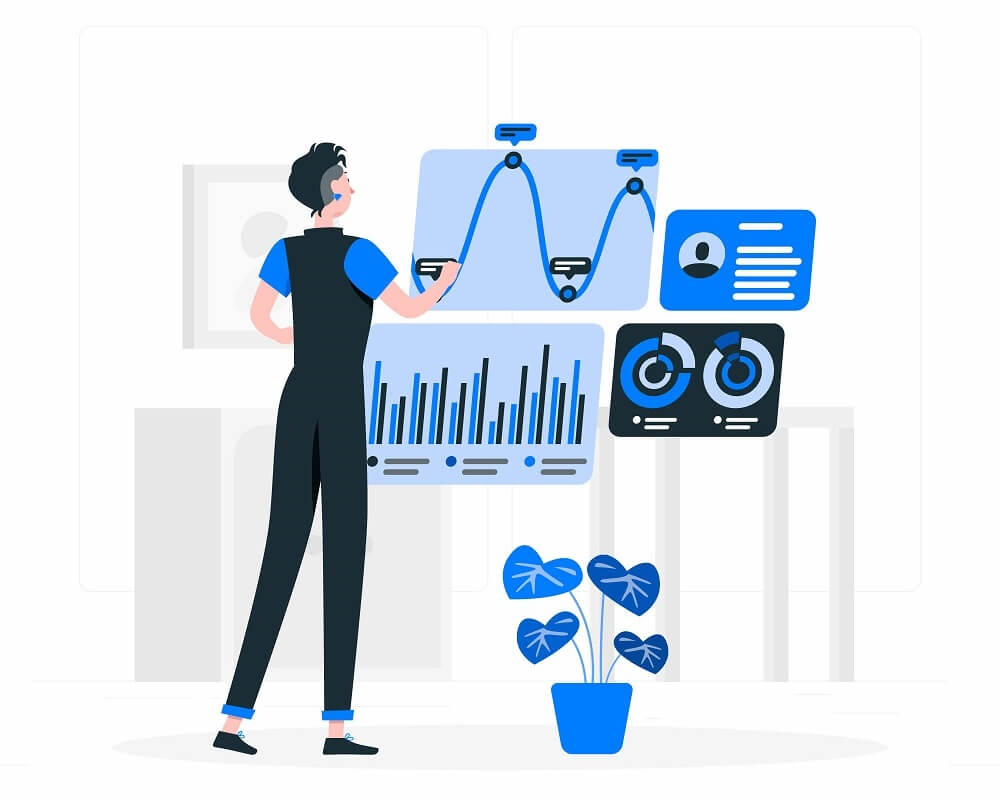The Mechanics Of Review Aggregators: How Algorithm Works
Living in a world where choices are endless, review aggregators are the guiding light that helps potential customers research products online. They also play a crucial role in simplifying this process by collecting data from various sources, distilling it into a single numeric value, and providing an average rating.
These platforms offer a wealth of information, but how exactly do they perform this complex task?
This article delves into the mechanics behind review aggregators, exploring the performance of the algorithm and the algorithms they employ to assign numeric values and determine averages.
What is a Review Aggregator?
A review aggregator is a tool that helps users collect reviews from different review platforms. Customers use these reviews to help them with their research process and purchase the products and services. Thankfully, feedback aggregators exist for several industries. Some of them are mentioned below.
- Yelp for local business reviews
- Tripadvisor reviews and Airbnb reviews for the hospitality industry
- Amazon reviews for e-commerce businesses
- Google reviews for products as well as service-based businesses
Review Aggregators Mechanism: Everything You Wanted To Know How It Works:
Reviews are the trusted compass guiding the customers to make the right decision. And that is one of the reasons why review aggregators have come to light. But how do they work? Let’s find out.
1. Review Collection

The foundation of any customer review aggregator’s operation is data collection. These platforms employ various techniques to gather ratings and reviews from many sources, including e-commerce websites, forums, social media, and dedicated review sites.
More importantly, building a safe and sound review collection strategy is more than just getting a flow of reviews on the platform you are selling your products on.
2. Calculation Methods of Reviews

The heart of any review aggregation lies in the calculation methods used to determine the final rating. While there are various approaches, some of the most common include
a). Simple Average: The simplest method involves taking the average of the normalized ratings. If there are 10 reviews, each with a normalized score out of 100, the final rating is calculated by adding these scores and dividing by 10. For example; you have the following number of reviews.
| Stars Received | Review Count |
| 5 | 500 |
| 4 | 400 |
| 3 | 100 |
| 2 | 50 |
| 1 | 50 |
Then, it will be calculated like this;
(5*500 + 4*400+ 3*100+2*50+1*50) / 500+400+100+50+50
=4550/1100
=4.14
This means that your product or service has an average 4.14-star rating.
b). Weighted Average: In cases where reviews are assigned different weights, a weighted average is used. More influential reviews are given higher importance in the calculation, ensuring they have a more meaningful impact on the final rating.
c). Bayesian Averaging: This method combines the simple average with a Bayesian approach. It gives more weight to reviews with more data (e.g., more reviews and a smaller variance) while minimizing the impact of individual reviews that might be outliers.
3. Sentiment Analysis

Sentiment analysis is a basic component of review aggregation. Customer review aggregators use advanced natural language processing and machine learning algorithms to determine the sentiment of reviews.
In simple words, Sentiment analysis is an automated process of understanding the sentiment of a given text. Using this technique, one can easily evaluate the sentiments and sort them as positive, negative, or neutral.
This process involves categorizing reviews into positive, negative, or neutral sentiments based on the language and tone used in the text. For example, a review that mentions “excellent quality” and “outstanding service” would be categorized as positive. Sentiment analysis allows customer feedback aggregators to understand the overall tone of reviews and adjust the final rating accordingly.
4. Handling Outliers

The customer review or feedback aggregators often implement outlier detection and filtering mechanisms to maintain the final rating’s accuracy and reliability.
Outliers are reviews that deviate significantly from the consensus. For instance, a product with hundreds of positive reviews but one extremely negative review might skew the overall rating. To counter this, aggregators filter out extreme outliers to ensure that the final rating reflects the true consensus of most reviews. Let us understand this with the help of the given example.
Imagine there is a popular restaurant that has received a set of from on a review scale of 1 to 10. Note that, 1 is the expression for the terrible experience whereas 10 stands for outstanding. Take a look at the ratings:
First Customer Review – 8 Stars
Second Customer Review – 9 Stars
Third Customer Review – 7 Stars
Fourth Customer Review – 6 Stars
Fifth Customer Review – 10 Stars
Sixth Customer Review – 3 Stars
Seventh Customer Review – 9 Stars
Eight Customer Review – 2 Stars
Now let’s calculate the average ratings without addressing the outliers.
(8 + 9 + 7 + 6 + 10 + 3 + 9 + 2)/ 8
= 54/8
=6.75
In this case, the average rating is 6.75. However, this number doesn’t fully represent the true sentiment of the reviews due to the presence of outliers.
For instance, notice that Review 5 and Review 8 have extremely high and low ratings, respectively. These reviews are outliers since they deviate from the consensus. Online Review aggregators understand the influence of outliers and use the algorithm to temper their impact.
They do this by either reducing the weight of extreme reviews or excluding them altogether from the calculation. This ensures that a single exceptional or extremely negative review doesn’t disproportionately affect the overall average.
So, if we choose to remove the highest and lowest ratings, it will go something like this:
(8+9+7+ 6+3 +9)/ 6
= 42/6
= 7
So by taming the outliers, we can now obtain a more balanced representation of collective consensus which is 7 out of 10 stars.
5. Updating and Freshness

Review aggregators don’t merely provide a static rating; they also keep ratings up to date. This is essential because product quality, service standards, and user sentiment can change over time.
To address this, feedback aggregators frequently update their ratings to reflect the latest reviews and changes in sentiment. Additionally, they may factor in the age of reviews, giving more importance to recent ones to provide users with the most current information.
Final Words
Review aggregators are invaluable tools for consumers seeking to make well-informed decisions. They employ a sophisticated set of mechanics, from review collection to sentiment analysis, and advanced calculation methods, to assign numeric values and determine averages.
These platforms empower consumers by presenting a collective wisdom of reviewers, helping them make choices that align with their preferences and needs in an ever-expanding digital marketplace.
Embed social feed from Facebook, YouTube, Instagram, Twitter on your website, like a PRO
Invalid Email Address
